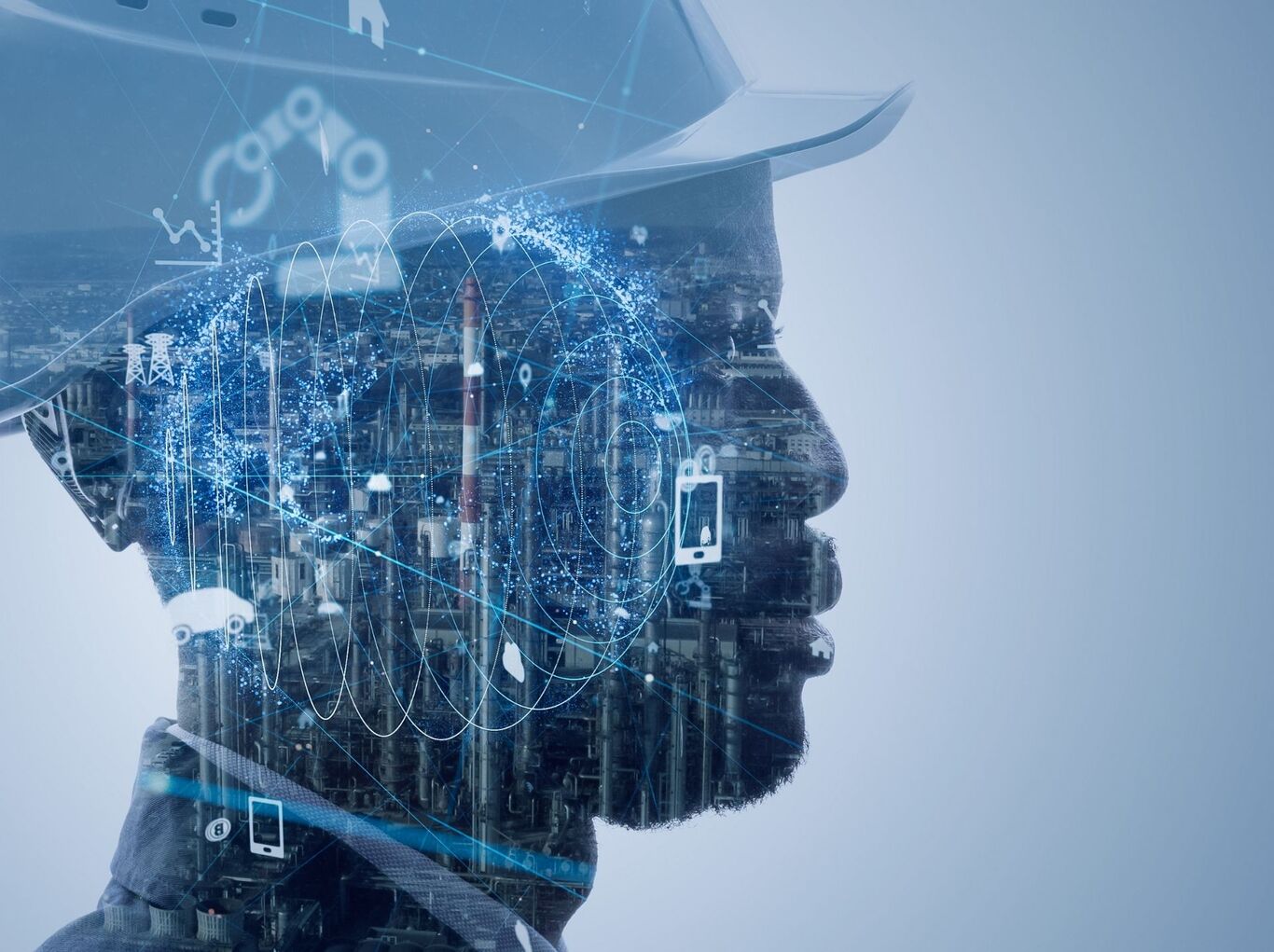How to Improve Customer Experience? 10 Strategies That Actually Drive Revenue

The uncomfortable truth about customer experience is that most companies are doing it wrong. They chase NPS scores, but the revenue flatlines.
They deploy chatbots that frustrate customers. They personalise everything except what actually matters. Meanwhile, one-third of the customers abandon brands they love after one bad interaction.
The difference between companies that thrive and those that survive isn't more touchpoints - it's smarter ones. Real CX improvement is about designing interactions so valuable that switching becomes unthinkable.
These ten strategies focus on measurable outcomes: retention rates, lifetime value, and revenue per customer. Because when customer experience drives business results, everyone wins - your team, your bottom line, and most importantly, your customers.
What is customer experience?
Customer experience is every touchpoint someone has with your brand - ads, your website, that first onboarding call. It’s the sum total of how people feel about doing business with you.
Think about the tone in your emails, the speed of your support team, and whether checkout feels effortless or like filling out a tax form. Even tools like customer experience AI, from smart chatbots to personalised recommendations, now shape these micro-moments and define the entire customer experience journey.
But here's the kicker: 32% of customers[1] will walk away from a brand they love after one bad experience. After multiple, 59% are gone. That's churn no business can afford.
Which is why a strong customer experience strategy should make every interaction so seamless and personal that leaving isn't an option, and also why you should be paying attention to it.
Is customer experience the same as customer service?
Customer experience and customer service are related, but they’re not the same thing. Customer service is the help a person gets when they reach out, such as answering questions, fixing problems, and guiding them through a process.
Customer experience is much bigger: it’s every interaction, feeling, and impression they have with your brand, whether or not they ever talk to support.
One is a single chapter in the story; the other is the whole book. Here’s how they differ:
| Aspect | Customer experience | Customer service |
|---|---|---|
| Scope | Entire customer experience journey, from first touch to loyalty | Specific interactions when a customer needs help |
| Approach | Proactive, designed to shape perceptions and satisfaction | Reactive, responds to immediate needs |
| Tools | Customer experience strategy, personalisation, customer experience AI | Live chat, email, phone, support systems |
When both align, you don’t just solve problems; you build loyalty that lasts.
Top 10 ways to improve customer experience
Now that we know the difference between customer experience and customer service, let’s talk about how to actually make your customer experience unforgettable.
Some improvements will be quick wins. Others will use tools like customer experience AI to make the journey feel personal at scale. Either way, the aim is to design touchpoints so good that customers don’t even think about switching.
Let’s break it down:
1. Bring the experience to them
One of the primary tips for an effective user journey is to bring the experience to the user instead of waiting for them to discover the company. There are a couple of methods to do the same.
When other companies keep fighting for the customer's attention, you can use personalisation as a stand-out feature. Customisation is one of the primary methods of bringing the sales experience to a user's doorstep. 90% of marketers agree that personalisation has led to an increase in profitability.
The second method for an optimum user experience is to create self-service options in your communication channels. Customers like to feel proactive during a sales process.
Today, over 70% of customers expect e-commerce websites to include self-service options like support content, walkthrough videos and case studies.
2. Clean branding and a clear message
When a company is launched, the primary step, alongside creating a product or service, is building a brand. This includes the company's mission statement, vision, value proposition and language.
Optimum user experience can be achieved when the brand retains this branding and message over a long period, building trust and respect.
All the content that goes out of your company is branded information. Your communications must contain a simplistic message that outlines your products & services and states your brand's values. Clean and elegant touch will lead to prolonged repeat customers.
It would help if you looked at your brand as an outsider. Short persuasive content, direct information that depicts how you are solving a common problem, and positivity are all that you should focus on.
3. Build loyalty programs
To increase a repeat customer base, introducing a loyalty program is one of the most excellent tips from professionals. You will appreciate and reward the customers who return to your products & services, and the customers will benefit from the shopping discounts.
Here are some inputs on how to improve the user journey through loyalty programs. Your package can include free shipping, exclusive brand-based discounts, birthday discounts or gifts, and redeemable loyalty points, among other offers.
Research has found that a 5% increase in customer retention can boost profits by 25%. You can use social media platforms and other latest communication channels, such as influencer marketing, for faster loyalty creation.
4. Leverage AI as your superpower
Artificial Intelligence technique is a new advancement for improving user experience through digital platforms. Companies that use mediums like e-commerce websites can deploy AI-powered chat boxes to enhance their customer service experience.
Chat boxes can free up to 30% of customer sales support costs by freeing up personnel. AI technology is also highly scalable and can be used as a data collection point for future use. Users will not be required to wait in a queue and can expect prompt answers to their queries through AI, available 24/7.
Companies can appoint external technical support to help them transition from a human communication module to a chat-based module. Marketing agencies like GrowthJockey can help businesses meet technological needs through customisable programs.
5. A customer-centric company culture
Building a customer-centric company culture involves placing the customer at the centre of all processes undertaken by the company. A focus on the modern customer journey drives repeat customers and increases loyalty.
According to research by Deloitte and Touche, customer-centric companies are 60% more profitable than those that are sales or product-focused. You can utilise feedback to drive the company's customer experience design process and empower the front line.
Customer data collection helps businesses understand human behaviour and interests. This will then help create products, services and experiences that are user-friendly.
6. Synchronise customer experience across all channels
Companies and businesses should adapt to newer trends apart from technology to keep pace with the constantly improving customer base and general market space. With several modes of communication with customers, companies must ensure that CX is maintained equally throughout.
For example, customers should engage in the same format as print ads, e-commerce websites, social media posts, and company emails. It will help if the company uses a centralised database with information about all customer interactions. The entire firm can access this for a synchronised order of working with customers.
Additional similarities, like branding and content consistency, will also be necessary. Companies can also utilise AI to implement this connection between the channels.
7. Integrate the front-line with the back-line
Companies tend to lose track of the customer journey and focus on smaller steps instead of the whole process. This means that different teams of the company focus on improving CX through their work rather than keeping track of the techniques that come before or after them.
GrowthJockey believes that this method of working drains not only company revenue but also requires more workforce. Changes in each department should be discussed with the others. Tying the front-end, customer-facing team to the back-end developers is necessary.
The company can start by pooling all resources and talent in a large group. Everyone contributes to the design and implementation process. The management takes the last decisions and allocates funding.
8. Innovate human experiences
Incremental improvement is a trap. According to BCG, this process brings only about 5% to 7% growth yearly. This form of improvement is solving pain points as they occur, eliminating inefficiencies as they occur, and gradually developing the customer journey.
Companies should focus on creating a human-centric design to create a drastic improvement. This involves creating a team of designers and training them in the human-centric design process. This advanced technique includes identifying a final state of completion, such as an experience, and building backwards towards the design.
The final product or service will be close to the customer's expectations and exceed customer feedback. This will significantly improve the customer experience and the company's and its employees' efficiency.
9. Measure beyond survey results
Companies usually look at customer surveys after the experience has lapsed. A more visionary approach to gauge customer experience would be to look at real-time interactions. This will allow the company to identify business impacts and the causes of CX issues.
Building this system of study needs an understanding of the customer journey. Each journey has three aspects commercially: cycle time, error rate, and funnel leakage. All these directly impact the business and its metrics. For example, cycle time links to cost and control outcomes, while funnel leakage links to conversion rates and attrition.
Studying the experience as it happens allows companies to course-correct in real time. This also generates on-the-spot insights.
10. Customer journey mapping
To understand how to improve the user journey, you must map the path taken by the customer through your business communication channels. One example of this channel can be e-commerce websites. You can do this through a customer journey map.
This map represents the customer journey visually. It will include various touchpoints where customers meet the company, like online advertising and customer support.
It will chart the process of the customer from the time they came to know about the company until they participated in a sale or other form of exchange.
To optimise user experience, you can focus on the gaps in the mapped journey and create strategies to fill them. These maps will also help you gauge future customer behaviour, where you can reorient your strategies by cross-referencing core metrics.
Why customer experience should be your next big move
The modern customer journey is no longer accidental; it's engineered. How a company shapes this journey directly influences user satisfaction and long-term loyalty.
While tips for optimising user experience may seem scarce, it ultimately comes down to a brand’s intentional design and effort to elevate the customer experience. Done right, this leads to higher revenue, better top-line performance, and sustainable growth.
At GrowthJockey, we are more than just a customer experience partner; we function as startup incubators for ambitious businesses looking to scale. Whether you're a lean startup or an evolving enterprise, we leverage advanced technology and design thinking to reimagine and improve every touchpoint of your customer journey.
Let us help you unlock your brand’s potential through personalised, scalable solutions that tackle real-world challenges and delight your customers.
Contact us today to discover how GrowthJockey can elevate your customer experience and accelerate your business growth just like a true startup incubator would.
FAQs on customer experience
What are the 4 components of customer experience?
The four main components of customer experience are:
-
Brand perception – how customers see and feel about your brand.
-
Customer interaction – every touchpoint in the customer experience journey.
-
Product or service quality – meeting or exceeding expectations.
-
Support and follow-up – responsive customer service that builds trust.
What is the role of customer experience?
The role of customer experience is to shape every interaction so customers feel valued, understood, and satisfied. A strong customer experience strategy builds loyalty, increases retention, and drives revenue by turning first-time buyers into long-term advocates.
What are the skills of customer experience?
Key skills for delivering a great customer experience include empathy, active listening, problem-solving, adaptability, and clear communication.
What are the 7 qualities of good customer service?
Good customer service is built on:
-
Empathy
-
Patience
-
Clear communication
-
Product knowledge
-
Problem-solving skills
-
Responsiveness
-
Consistency in the customer experience journey








